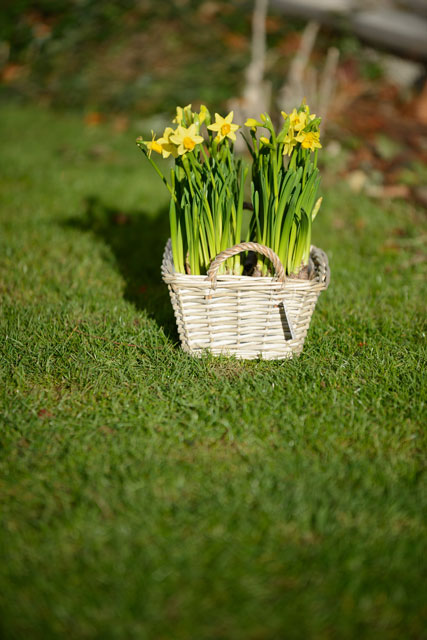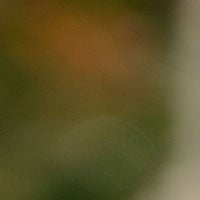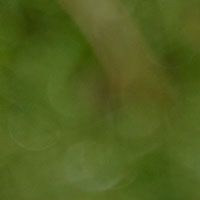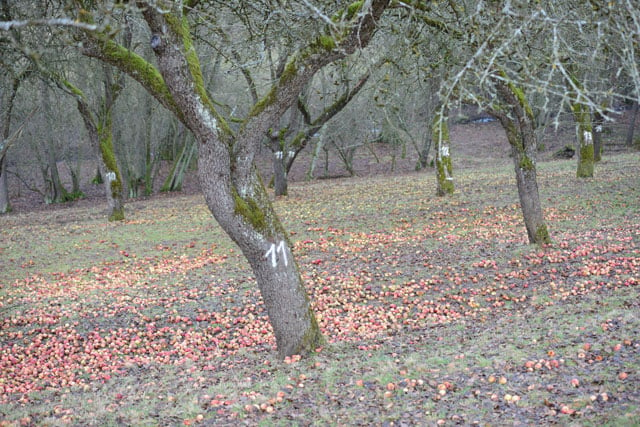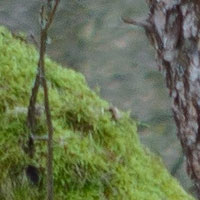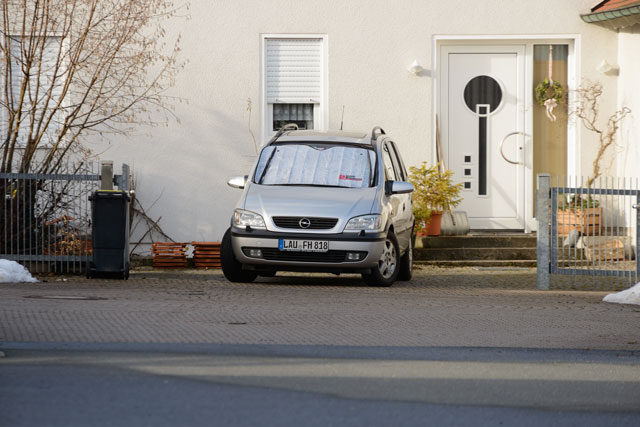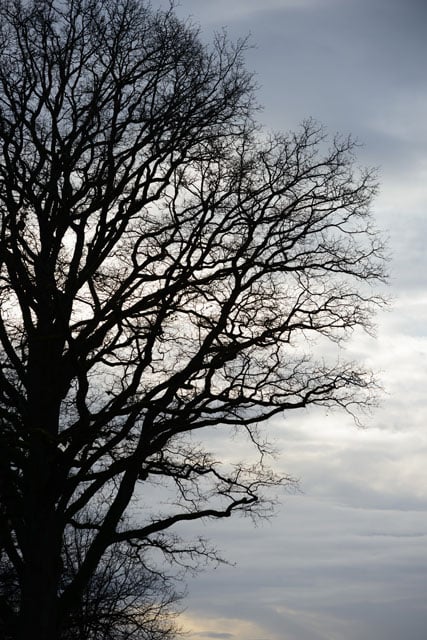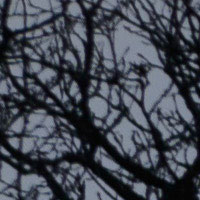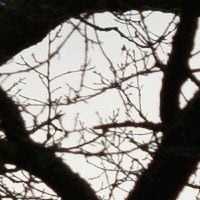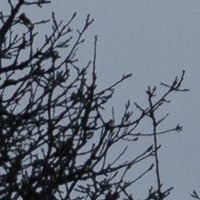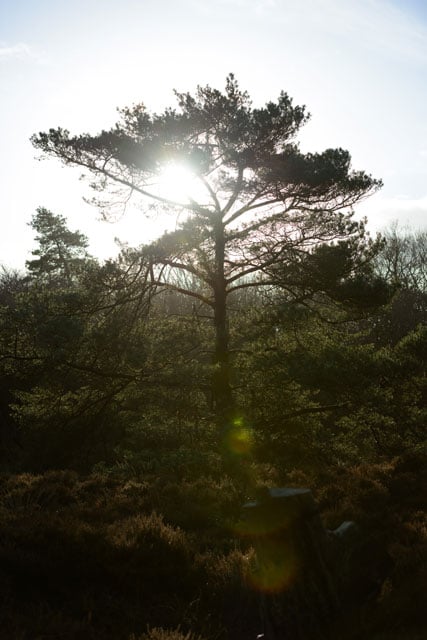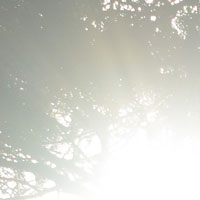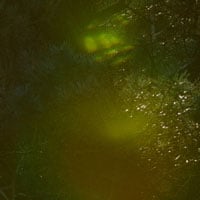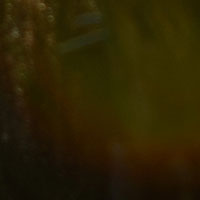Sigma 70-200mm f2.8 OS review
-
-
Written by Thomas
Samples
The following images were taken with the Sigma 70-200/2.8 OS on a D800. Each image was recorded in RAW and converted with Lightroom 4.3 at Camera Standard settings. Noise-reduction is set to 0, sharpening to 70/0.5/36/10, no extra tone, color, or saturation-adjustment was used. You can click on each image to access the large original. Please respect our copyright and only use those images for personal use.
The first shot should give you an impression of the bokeh that this lens can produce wide open. The 50% crops are from the background, the sharpest point, and the foreground in the overall image and demonstrates the rendering of out-of-focus elements.
| Flowers: bokeh shot with Sigma 70-200/2.8 OS at 200mm f2.8 on a D800 | |||||||
| |||||||
| Main image and all 50% crops: 200mm, f2.8, 100 ISO |
The next shot was hand-held at 1/40 sec with OS=ON.
Using a tele-converter can extend the useful reach of this lens. I tried the Nikon TC-17E II which converts the lens into a 120-340mm f4.7 zoom. A word of warning though: This combination does only auto-focus in live-view because phase-shift AF tends to hunt constantly. There is also no conversion of EXIF data, so the lens still registers as a 70-200/2.8 lens on the body. So for proper use you should get the Sigma tele-converter: their 1.4x converter would give you a 100-280mm f4.0 zoom. I shot the lens stopped down to f4.0 which produces an effective aperture of f6.7 in combination with the 1.7x tele-converter. The result in the center is quite impressive!
| Car: Nikon TC-17E II tele-converter plus Sigma 70-200/2.8 OS at 340mm f6.7 on a D800 | ||||
| Main image and all 100% crops: 340mm, f6.7, 1/250 sec, 200 ISO | ||||
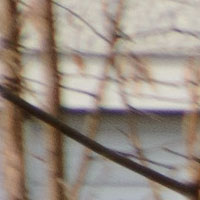 | 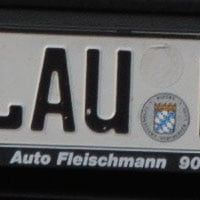 | 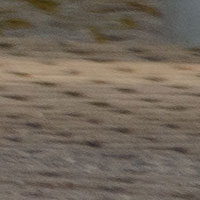 | ||
f6.7, 200 ISO | f6.7, 200 ISO | f6.7, 200 ISO | ||
The next image shows a tree against the sky at 150mm and f5.6. The crops are from the upper left corner, the center and the upper middle of the image.
| Tree: nature shot with Sigma 70-200mm f/2.8 OS at 150mm f5.6 on a D800 | |||||||
| |||||||
| Main image and all 100% crops: 150mm, f5.6, 1/1000 sec, 200 ISO |
The following shot at 70mm shows how the lens copes with flare when shot directly into the sun.
| Flare: contra-light shot with Sigma 70-200mm f/2.8 OS at 70mm f5.0 on a D800 | |||||||
| |||||||
| Main image and all 50% crops: 70mm, f5.0, 1/1600 sec, 200 ISO |
The next image was shot at a distance from about 1.7m and demonstrates the magnification and resolving power that the lens can produce. Plus some of the bokeh you can expect with close-up shots even at f5.6. In the center the lens is capable of reproducing very fine details. With a minimum focus distance of 1.4m you could achieve an even higher magnification.
| Flowers: close-up shot with Sigma 70-200mm f/2.8 OS at 200mm f5.6 on a D800 | ||||
| Main image and all 100% crops: 200mm, f5.6, 1/320 sec, 100 ISO | ||||
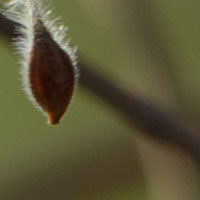 | 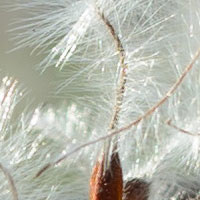 | 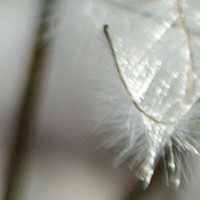 | ||
f5.6, 100 ISO | f5.6, 100 ISO | f5.6, 100 ISO | ||
For more examples check out all my high-resolution Sigma 70-200mm f/2.8 OS sample images.
Focus, build quality, and image stabilization
Focus accuracy and repeatability is critical to consistently produce sharp shots. The accuracy of standard (phase-shift based) auto-focus on the same subject during repeated focus-acquisition of this lens shows some variations although there were no real outliers over a series of 120 shots. The accuracy was better when the lens focuses coming from infinity. So for optimum sharpness of critical shots you should control the results or use contrast-/live-view-based AF.
The lens focuses pretty fast: around 0.7 sec from infinity to 1.4m, which is a good value.
The focus ring has no slack/play between its movement and the focus-action and a throw of around 105 degrees, which makes accurate focus wide open up to 105mm easy. But at 150mm and beyond the focus throw becomes almost too short for precision manual focus. The focus ring is also not easy to grip because the rubberized surface is only 10mm wide. It’s located between the zoom-ring and the body, not in front of the lens as with Nikon pro-zooms – and is pretty stiff. Both zoom- and focus-ring turn the other way around than with Nikon lenses.
AF-operation is audible from the outside, and if you record video with the built-in microphone every focus-movement starts and stops with an audible “clack” although the AF-drive between start and stop of the AF-operation is pretty quiet. The VR-system is also quite silent on the outside and on video recordings. Shaking the lens produces only slight noises.
Focus-breathing is visible but less than with Nikon’s 70-200/2.8.
In general the impression of build quality is that of an upmarket albeit not pro-level lens: A high quality plastic construction combined with a metal lens-mount, and nine rounded aperture blades.
To test the effectiveness of the image stabilization I did a series of over 80 test-shots hand-held at 200mm with OS=ON at 1/50 sec and at 1/25 sec plus 40 test-shots with OS=OFF at 1/200 sec. Rating the sharpness of those images at 100% magnification on a scale from 0…5 the sample of images with OS=ON shot at 1/50 sec had a similarly distribution of sharpness as the sample with OS=OFF, although that sample had the benefit of a 4x faster shutter-speed. So OS on this lens gives you an advantage of around 2 stops. But you need to give it some time until the OS locks on target. The Sigma manual says: “It takes approximately 1 second to produce a stable image, after pressing the shutter button halfway.” That seems to be confirmed by my tests.
Summary and verdict
Now, let me wrap things up in my Sigma 70-200mm f/2.8 OS verdict.
